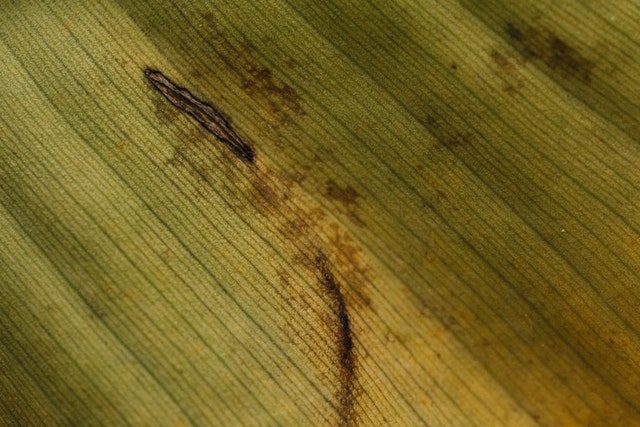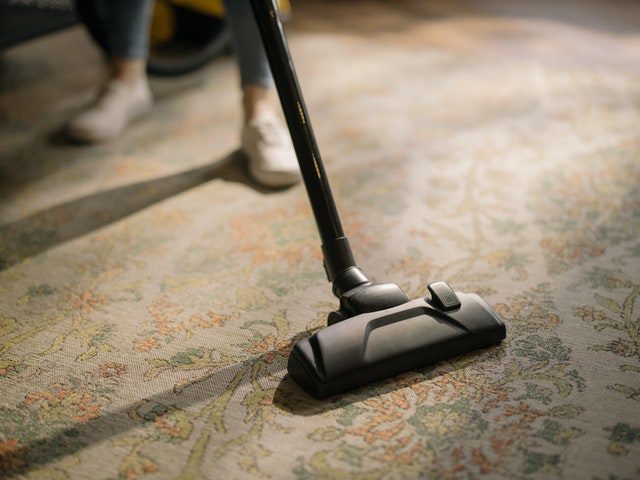How To Remove Carpet Stains: Best Practices & Safety Essentials
Stubborn carpet stains can be a headache for facility managers, homeowners, or anyone responsible for high-traffic spaces. Whether tackling accidental coffee spills in a lobby, pet messes at home, or routine blemishes in offices across Chicago and its suburbs, knowing the right cleaning materials, chemistry, and protocols boosts efficiency and ensures compliance with safety standards.
Understanding Carpet Stain Risks & Materials
Carpet stains aren’t just unsightly—they can cause long-term damage or even affect indoor air quality if not handled correctly. The type of stain, carpet fabric, and cleaning agent chemistry should always guide your response.
- Common stain types: food/drink, oils, biological (blood, vomit), ink, mud, and adhesives
- Carpet materials: nylon, polyester, olefin, and wool each have different chemical tolerances and cleaning needs
- pH considerations: Acidic cleaners (pH 5–6) excel on alkaline stains (like coffee); alkaline cleaning solutions (pH 8–10) work on oily and protein stains
For a comprehensive rundown of approved carpet cleaning standards, consult the IICRC S100 Standard for Professional Cleaning of Textile Floor Coverings.
Step-by-Step Carpet Stain Removal Guide
Prompt action is key to successful stain removal. Follow these steps to keep carpets clean and safe for all users:
- Blot, don’t rub: Gently blot the area with a clean, white cloth to soak up as much of the spill as possible.
- Choose your cleaning agent: Reference carpet material and stain type. For natural cleaning options, see the baking soda cleaning tips on our site.
- Apply cleaner and allow dwell time: Ensure proper contact time (usually 5–10 minutes, but always check the product label).
- Agitate gently: Use a soft-bristled brush, working from the stain’s edges inward to minimize spreading.
- Rinse and extract: Blot with fresh water and extract with a wet/dry vacuum or absorbent towel.
- Dry completely: Place fans or open windows to speed up drying and reduce mold risk.
Tip: Avoid over-wetting and hot water on wool or natural fiber carpets, which may cause shrinking or color bleed.
Carpet Stain Removal Materials Table
| Stain Type | Suggested Cleaner | Recommended PPE | Dwell Time |
|---|---|---|---|
| Coffee/Tea | Mild acidic spotter (pH 5–6) | Gloves | 5–8 minutes |
| Ink | Solvent-based cleaner | Ventilation, gloves | 2–4 minutes |
| Pet stains | Enzyme cleaner (neutral pH) | Gloves, eye protection | 10 minutes |
| Oil/Grease | Alkaline spotter (pH 8–10) | Gloves | 5–10 minutes |
Safety, Compliance & Cross-Contamination Controls
For both homes and facilities in Chicago, safety is essential during stain removal:
- Personal Protective Equipment (PPE): Always wear gloves. When using stronger chemicals (e.g., solvents), add eye protection and ensure proper ventilation.
- Chemical storage and labeling: Store all solutions according to manufacturer labels, away from children or unauthorized staff. OSHA recommends maintaining a chemical logbook.
- Cross-contamination prevention: Use separate tools for restrooms, kitchens, and carpeted areas. Launder cloths and brushes after each use to avoid germ spread.
- Disposal: Dispose of chemical rinsates and heavily soiled cloths per local Chicago-area guidelines—don’t pour down storm drains.
Scheduling Efficiency: Stain Removal In Your Cleaning Plan
To maximize labor efficiency and maintain appearance standards:
- Inspect regularly: Walk your site weekly and note stains.
- Group similar stains: Remove in batches to save time/set-up effort.
- Document dwell times: Add stain type and cleaning method to your digital or paper checklist.
- Train staff: Hold quarterly refreshers to maintain proficiency and reduce mistakes.
For year-round scheduling guidance, view the Spring Cleaning Checklist for sample task timing.
Frequently Asked Questions
- Can baking soda remove all carpet stains? Baking soda is effective for many organic stains and odors but may not remove ink or oil-based spills. See our baking soda cleaning tips for details.
- Is DIY carpet stain removal safe for all carpets? Test any cleaner in an inconspicuous spot first, especially on wool or delicate fibers.
- How often should I professionally deep-clean carpets? Most Chicago area facilities benefit from deep cleaning every 6–12 months, with spot treatments as needed.
Related Reading & Next Steps
- See how cleaning products affect your lungs
- Learn about cleaning solutions for dust removal
- Review the importance of clean floors
Want to save time and guarantee spotless results? Book expert office cleaning in Chicago for hassle-free carpet care, or schedule move-out cleaning with Express clean today.
About the Author/Reviewer:
Reviewed by: Express Clean Team
With over 20 years of experience in Chicago’s commercial and residential cleaning industry, the Express Clean Team specializes in professional carpet care, compliance, and efficient facility management solutions.



disinfect, , House Service in Evanston IL, House Cleaning Chicago, House Service in Skokie il, Cleaning Service House in Highland Park IL, Cleaning House Services in Wicker Park IL, House Service in Des Plaines il, House Cleaning Downer Grove Service, House Cleaning Service in Lincolnwood, House Cleaning Service Winterfield Il




